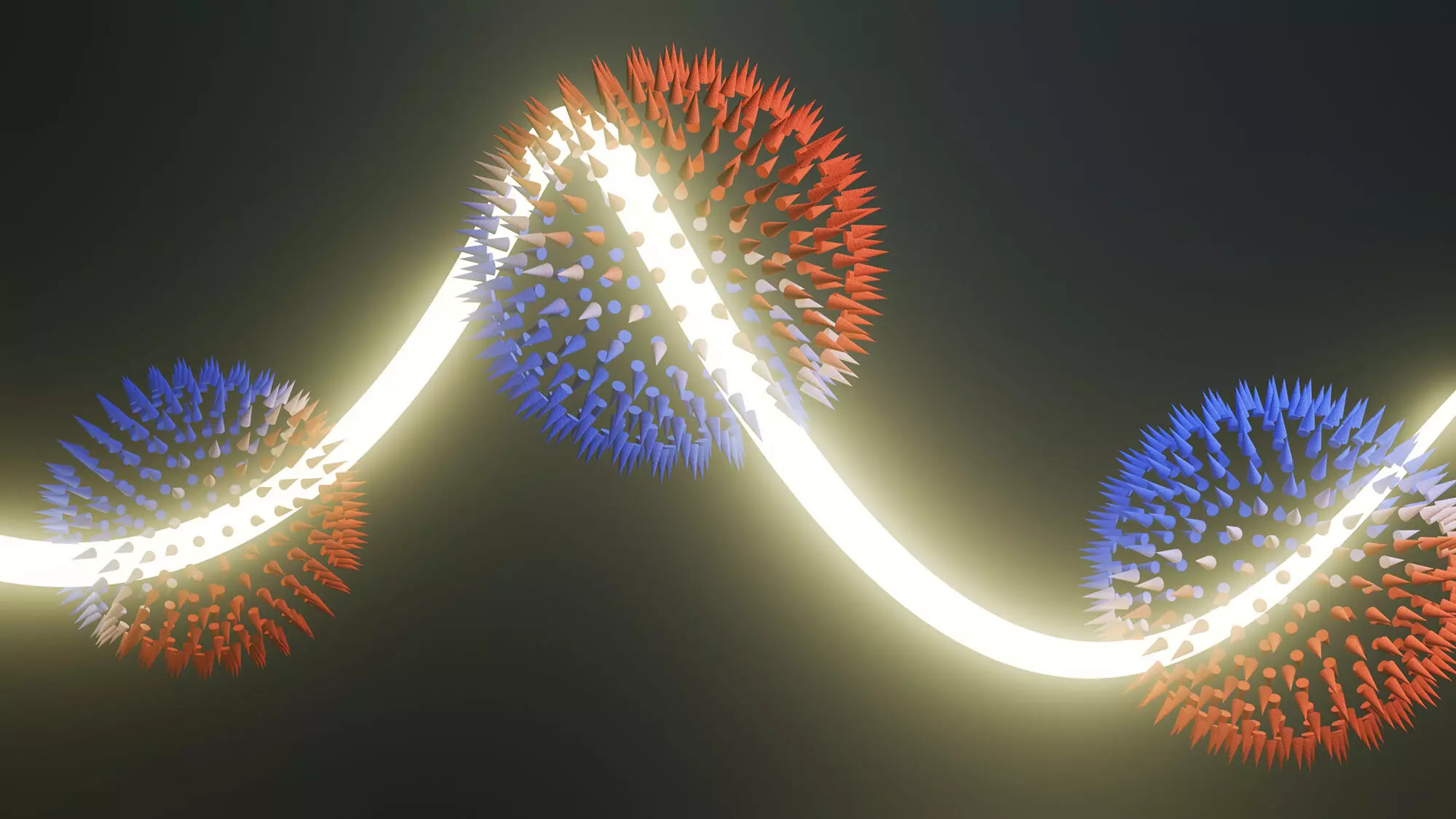In recent years, the rapid advancement of technology has sparked a burgeoning interest in alternative computing methods. One such promising avenue is orbitronics—an innovative field that seeks to leverage the orbital angular momentum (OAM) of electrons instead of their charge, as seen in traditional electronics. This shift could revolutionize how we process information, potentially leading to devices that are not only faster but also far more energy-efficient. Recent research culminating in a groundbreaking study published in *Nature Physics* has provided theoretical and experimental evidence supporting the existence of orbital angular momentum monopoles, a significant leap forward in this exciting field.
The Theoretical Foundation
Electronics has long relied on the charge of the electron to facilitate information transfer. However, as energy demands escalate, researchers have turned their attention to alternative properties of electrons, with spintronics emerging as a front-runner. Spintronics harnesses the intrinsic spin of electrons to convey information, opening doors to enhanced performance. However, orbitronics posits that OAM could furnish even greater possibilities, particularly for the development of next-generation memory devices.
The recent discoveries surrounding chiral topological semi-metals have captured the scientific community’s imagination. These materials, discovered just five years ago, exhibit a unique helical atomic structure reminiscent of the double helix of DNA. This intrinsic ‘handedness’ provides a potential foundation for creating flows of OAMs, making them ideal candidates for orbitronic applications. As researchers pursued materials that could facilitate the generation of OAM currents, the role of these semi-metals became increasingly prominent.
One of the most striking features of chiral topological semi-metals is their potential to harbor a particular type of OAM structure known as monopoles. Conceptually likened to spikes radiating from the center of a hedgehog, OAM monopoles exhibit an isotropic property, making it possible for information flows to be generated in any desired direction. This feature is particularly enticing as it presents a dependable method for generating OAMs without the need to apply external stimuli or complex manipulations.
Despite the theoretical allure of OAM monopoles, their empirical validation remained elusive until recently. Researchers at the Paul Scherrer Institute (PSI) and Max Planck Institutes tackled this challenge, venturing into novel experimental techniques to establish a direct connection between theory and observation. They sought to open a pathway that had previously been obscured by misinterpretations of data from Circular Dichroism Angle-Resolved Photoemission Spectroscopy (CD-ARPES).
The crux of establishing the existence of OAM monopoles relied on advanced experimental methods, particularly exploring the interactions between photons and the chosen semi-metal materials. The researchers focused on two varieties: palladium-gallium and platinum-gallium semi-metals. While previous attempts had produced inconclusive signals, this study took a crucial step by adjusting photon energies—a method that produced unexpected fluctuations in the data.
This painstaking effort illuminated a complex relationship between the observed signals and OAM characteristics. As the study revealed, the CD-ARPES signal did not merely reflect the OAM; instead, it correlated with varying photon energies, rotating around the monopoles themselves. This nuanced understanding breaks down the barriers that have historically separated theoretical forecasts from experimental validation, showcasing the presence of OAM monopoles with newfound clarity.
The Implications of OAM Research
The implications of these findings are profound. With experimental affirmation and theoretical backing now aligned, researchers are equipped to expand their exploration of diverse materials that exhibit OAM textures. The ability to reverse the polarity of the OAM monopoles through the selection of mirror-image chiral crystals introduces further versatility for potential orbitronic devices, giving designers the flexibility to engineer systems with varied directionality.
As the field of orbitronics integrates advancements in material sciences with innovative experimental techniques, the prospect of developing more efficient energy solutions and high-performance computing devices becomes increasingly tangible. The research demonstrates how fundamental theoretical inquiries can yield practical solutions, fostering a new generation of technologies that may reshape industries ripe for transformation.
The affirmation of OAM monopoles offers transformative potential for the horizon of information technology. While challenges remain in isolating the right materials and optimizing device performance, the foundation laid by recent research heralds a new era. Orbitronics may not only provide a viable alternative to conventional electronics but also pave the way for a sustainable, energy-efficient future in computing. This interdisciplinary endeavor bridges theoretical science with applied innovation, setting a course for discoveries that will undoubtedly echo throughout the realms of physics and engineering for years to come.


Leave a Reply